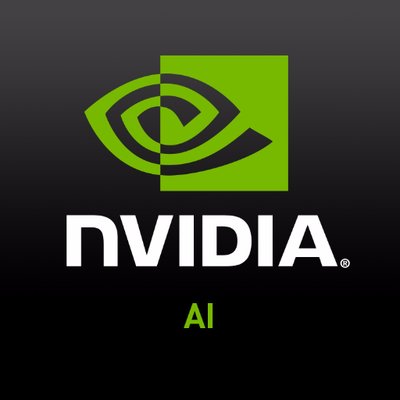Malware Detection by Eating a Whole EXE
Published:
This paper shows how to do whole binary classification for malware detection with a convolutional neural network. Done in collaboration with researchers at the University of Maryland.
Recommended citation: Edward Raff, Jon Barker, Jared Sylvester, Robert Brandon, Bryan Catanzaro, Charles Nicholas, Malware Detection by Eating a Whole EXE. arXiv. 2017. http://arxiv.org/abs/1710.09435
